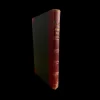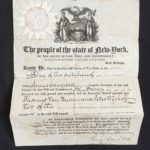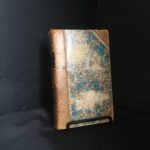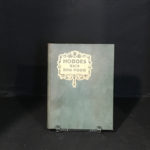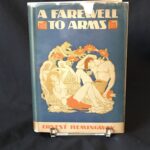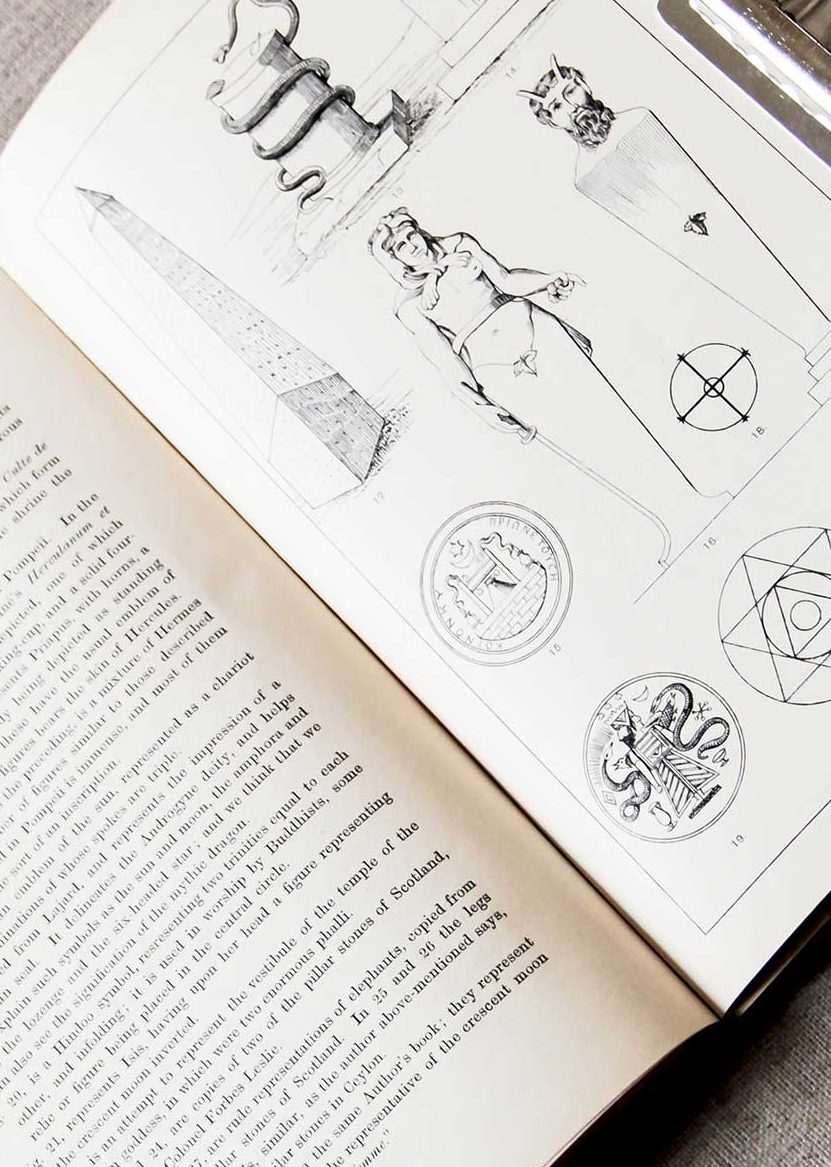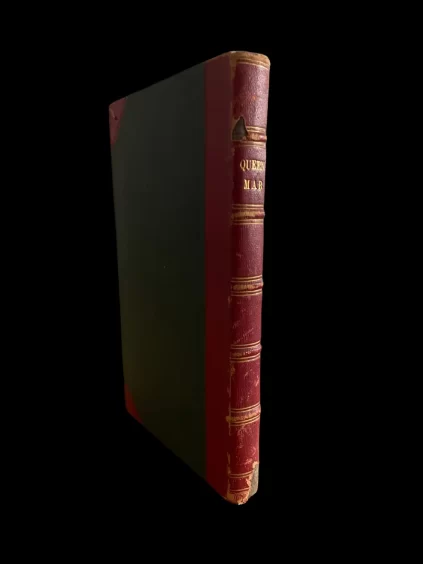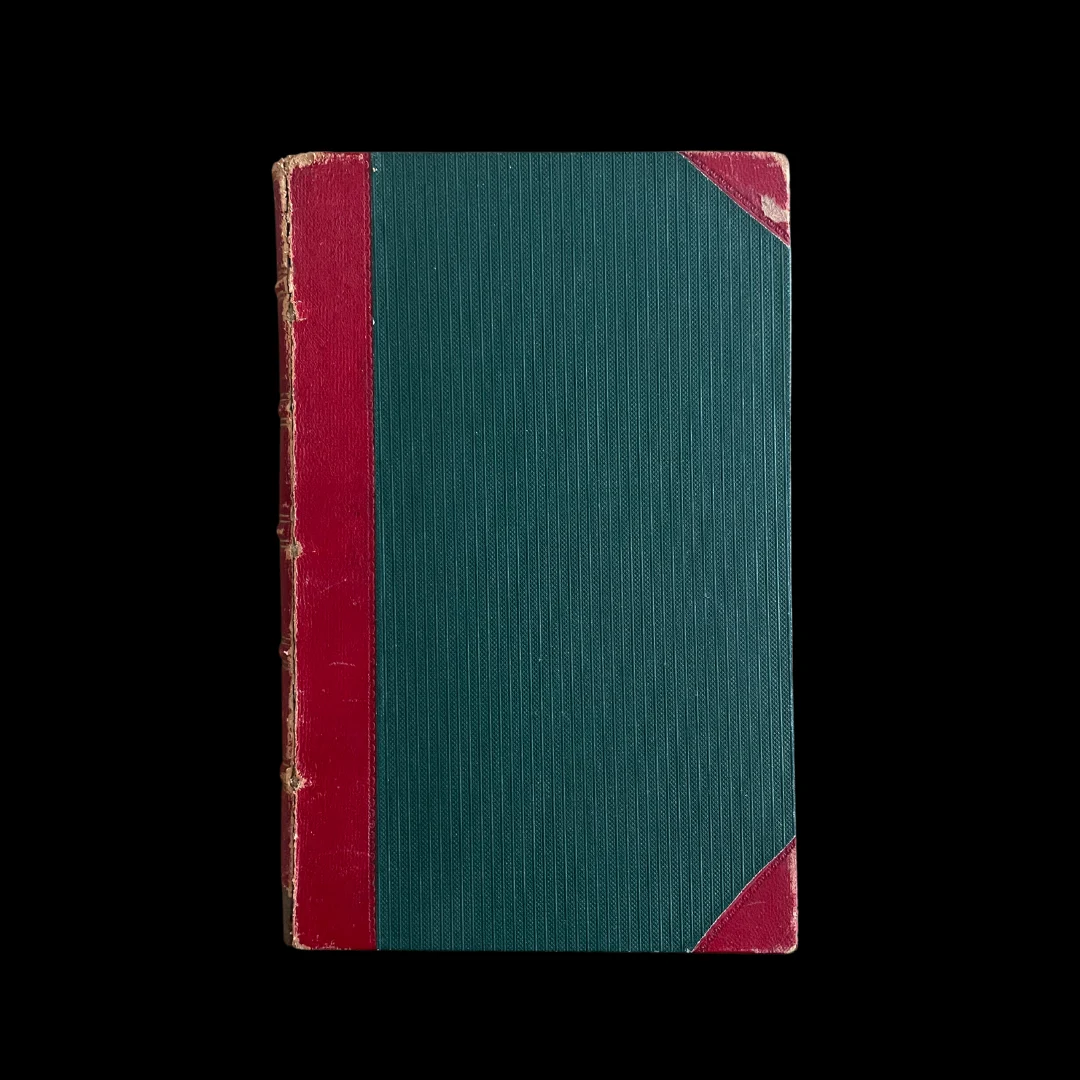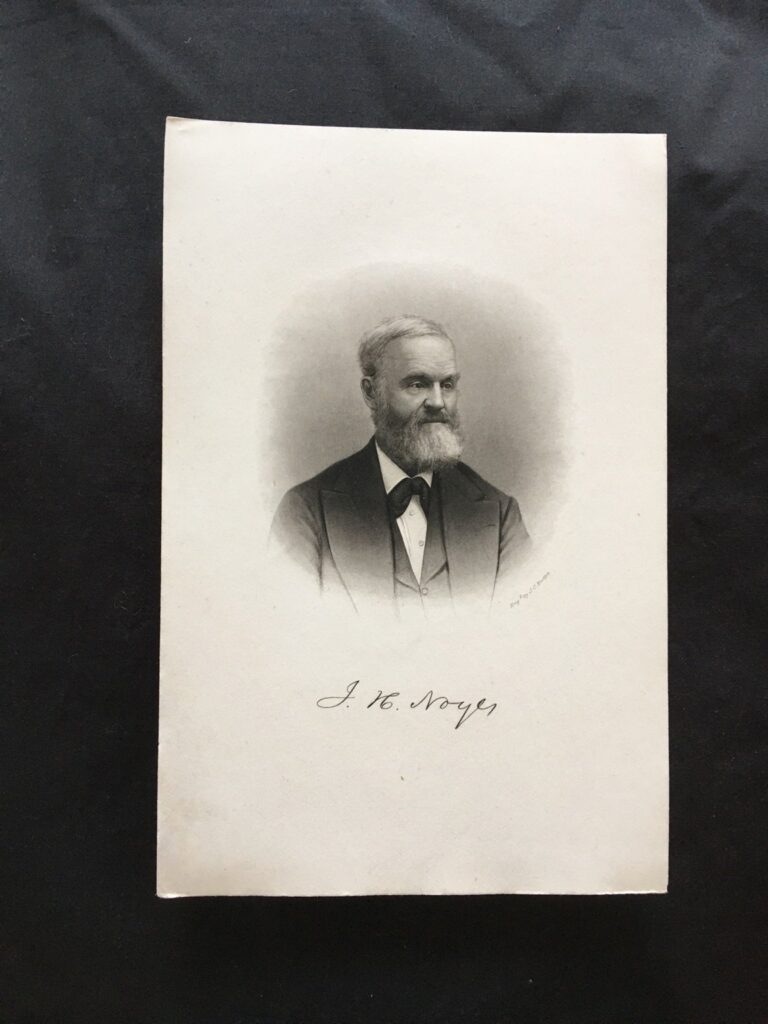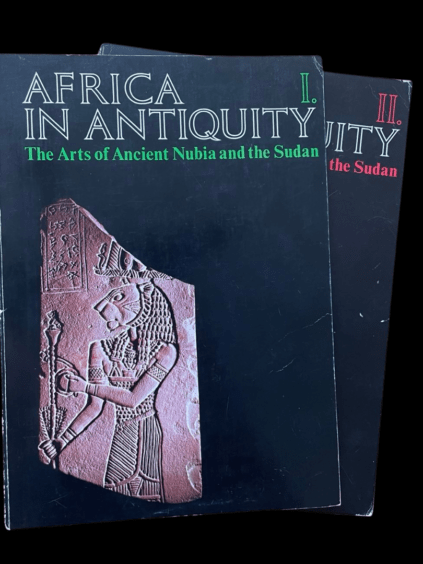Cairn and Stone Circles Illustrated Lecture
$150
Out of stock
Description
Inman, Thomas. On Ancient Pillar Stones and Cairns. Liverpool: Adam Holden, 1867. First Edition of a beautifully illustrated lecture on megaliths and stone circles.
12mo. 32pp. Five black and white illustration plates with descriptions. Fair condition. Minor rubbing to edges and spine with wear more significant at top fore edge of front board. Slight discoloration to boards near edges, more significant on the front than back. Ink handwriting from former owner and some staining on first, blue, title page. Second clean save one or two small superficial stains and the embossed library stamp of former owner, author and dentist “D.V. Beacock”. Text otherwise clean except for a few wrinkles and various small pencil and pen marks emphasizing different passages.
Although Thomas Inman (1820-1876) worked for years as the house physician and surgeon at the Liverpool Royal Infirmary, his real passion was anthropology and mythology. During his tenure as president of the Liverpool Literary and Philosophical Society, Inman made many presentations on his research and theories, expounding on the pagan influences on early Christianity and the hidden meanings found in symbols still used to the present day.
This short illustrated treatise was intended to spread one of Inman’s essays, originally presented as a lecture to the society, providing an overview and analysis of the worship of standing stones, cairns, and stone circles in the British Isles and around the globe highlighting parallels between practices from Babylon, Ancient Greece, the Hebrew Bible, and India. Characteristic of Inman’s fixation on phallus worship as the origin of religion, the text describes various pillars, pyramids, standing stones, columns, and cones found in temples, texts, carvings, and worship sites, as stand-ins for deities, delineators of space, and memorials to past people and events.
Complete with five plates of marvelous illustrations, this rare text is enduringly interesting for the way in which it connects ancient practices to modern ones such as gravestones, memorials, milestones, and other monuments.
If you liked this book, you might also like this copy of the supposed discovery of the lost Viking city of Norumbega in North America.
